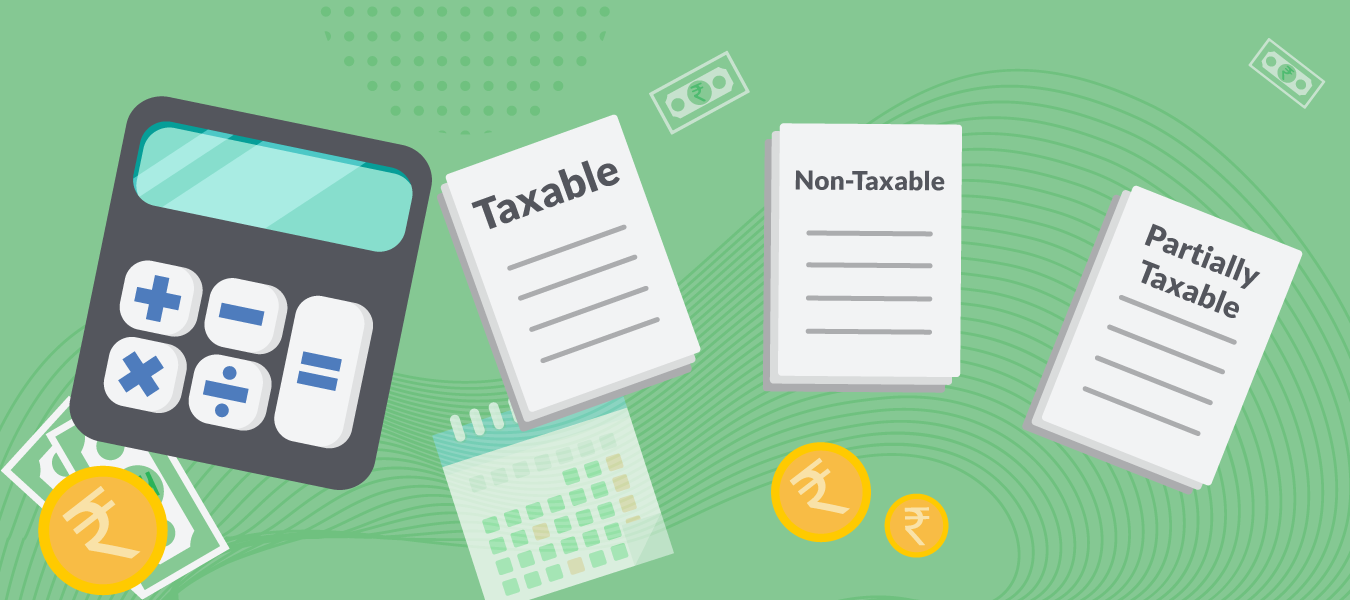Taxable, Non-Taxable, and Partially Taxable Allowances of Your Salary
While your basic salary is fully taxable, there are other benefits offered to the employees in the form of allowances and prerequisites. These allowances are offered to employees for the expenses they bear during work and can be completely free of taxation, or they can be taxed, either partially or fully.
Did you know that your salary has several taxable and non-taxable components?
While your basic salary is fully taxable, there are other benefits offered to the employees in the form of allowances and prerequisites. These allowances are offered to employees for the expenses they bear during work. There are three types of allowances:
- Fully taxable allowances
- Partially taxable allowances
- Non-taxable allowances
Let’s see how these allowances can impact your take-home salary.
What is an Allowance?
Every salaried individual receives some allowances as a part of their net pay. For example, many organizations offer overtime allowance to employees for working more than the working hours.
This allowance may or may not be taxable. Below is a bifurcation of allowances in three categories. Read on to know which salary components are taxable, non-taxable, and partially taxable
Types of Allowances
Taxable Allowances
The fully taxable allowances are not exempted from Income Tax. You have to pay full tax applicable on these allowances.
- Dearness Allowance: It is paid to employees to compensate for the cost of living during inflation. As per the Income Tax Act, this allowance is fully taxable, so you have to mention it along with salary while filing returns.
- Overtime Allowance is given to an employee when you work for more than the working hours in a week or month. This allowance is fully taxable.
- The Entertainment Allowance is the minimum of the declared amount viz; actual allowance receivd, INR 5000, or one-fifth of basic salary. It’s offered to employees to compensate for hospitality services incurred in the hospitality of customers. For private-sector employees, this allowance is taxable. But, for the public-sector or government employees, the exemption under Section 16(ii) can be availed.
- The Project Allowance is offered to an employee to cover the expenses of a project. This is fully taxable for all employees.
- The Meal Allowance is provided for the meals of the employees. This is also fully taxable allowance.
- The Medical Allowance received by an employee in any form is also fully taxable as per the IT act.
- There are various other fully taxable allowances such as interim allowance, warden allowance, servant allowance, non-practicing allowance, cash allowance for bereavement, holiday, marriage, city compensatory allowance, and more.
Non-Taxable Allowances
The non-taxable allowances are exempted from the Income Tax fully. But, these are usually offered to the government employees.
- The Allowance Paid for Abroad Services is fully exempted from the Income Tax Act.
- The Allowance of UNO employees is fully exempted from the Income Tax Act.
- The Sumptuary Allowance paid to judges is exempted from the tax.
- The Compensatory Allowance, usually offered to judges, is exempt from income tax.
Partially Taxable Allowances
The partially taxable allowances are exempted from the Income Tax to a limit. Let’s see what are these allowances.
- The Fixed Medical Allowance which the company offers for costs incurred on the treatment of the employee or any of his family members. This allowance is taxable if the reimbursement exceeds INR 15,000.
- The Conveyance Allowance is offered to the employee for commute. But, it is taxable above INR 1,600.
- The House Rent Allowance is also partially taxable. The employee can receive the least of three:
– The original HRA amount.
– Actual rent paid which must be less than 10% of basic salary.
– 50% of Basic salary for accommodation in metro city, or 40% for a non-metro accommodation
Conclusion
All these allowances are included in the salary of the employee in some way or the other. If you have a choice to decide your salary structure, then you can adjust your allowances to reduce your tax liability smartly. But, for that, you need to understand the difference in taxable, non-taxable, and partially taxable allowances.
Subscribe For Newsletter
Subscribe to get the latest news and happenings around recruitment space


